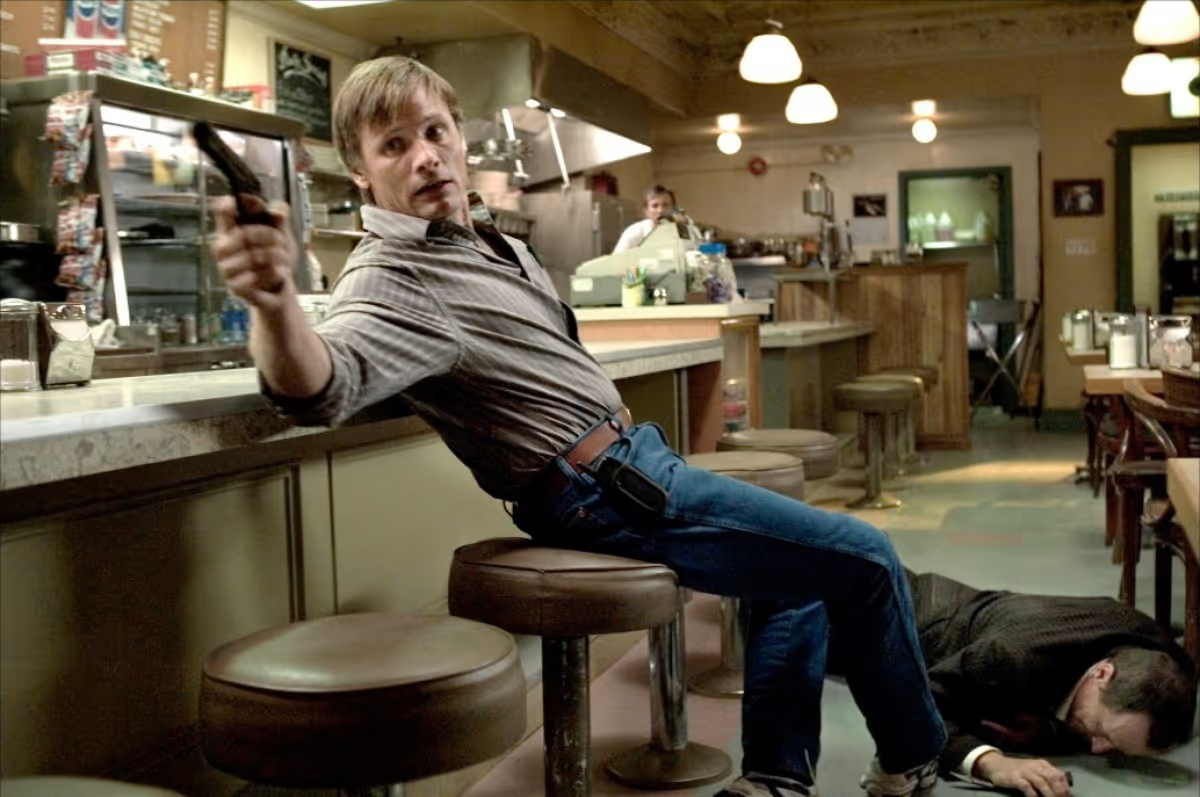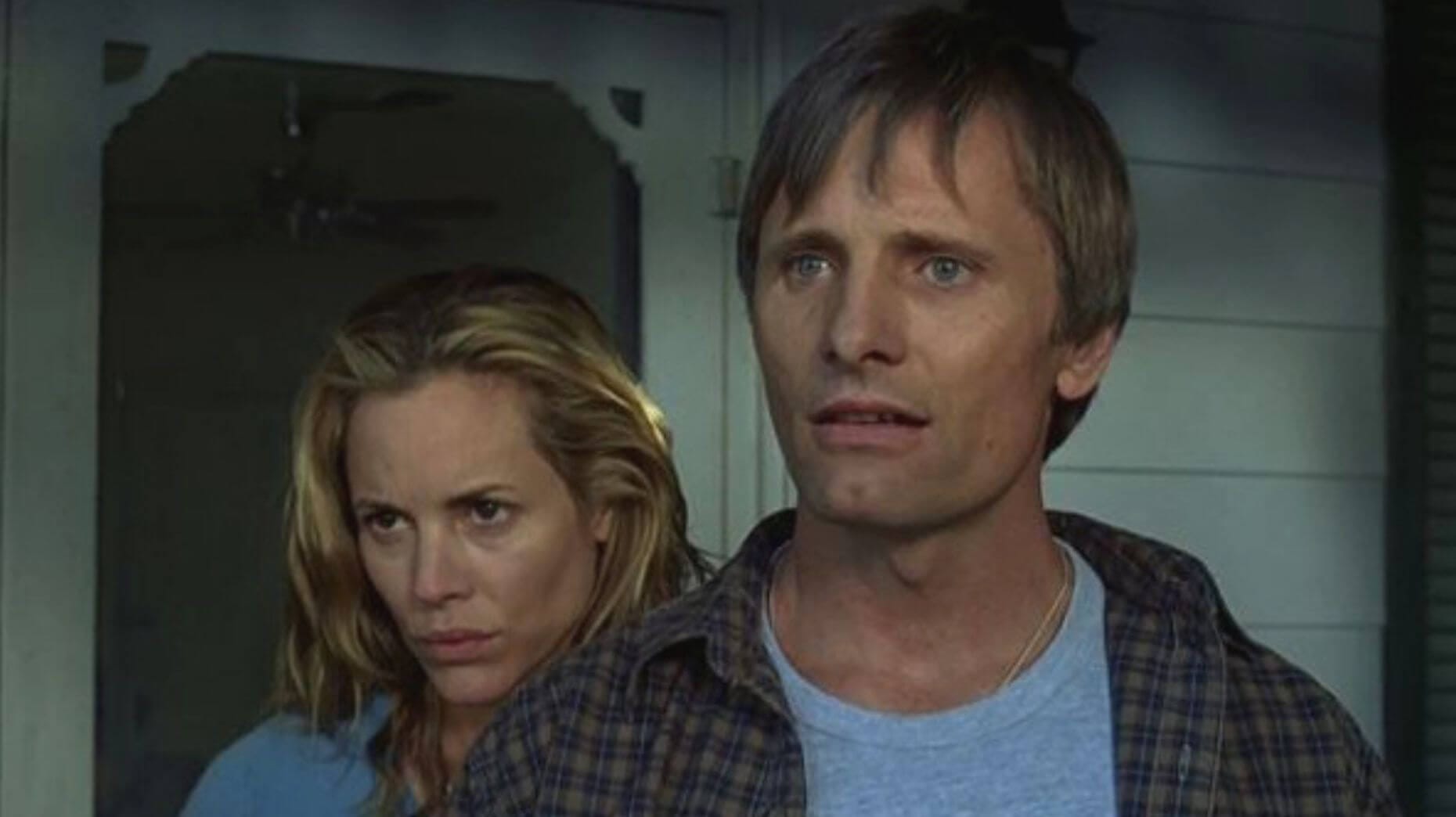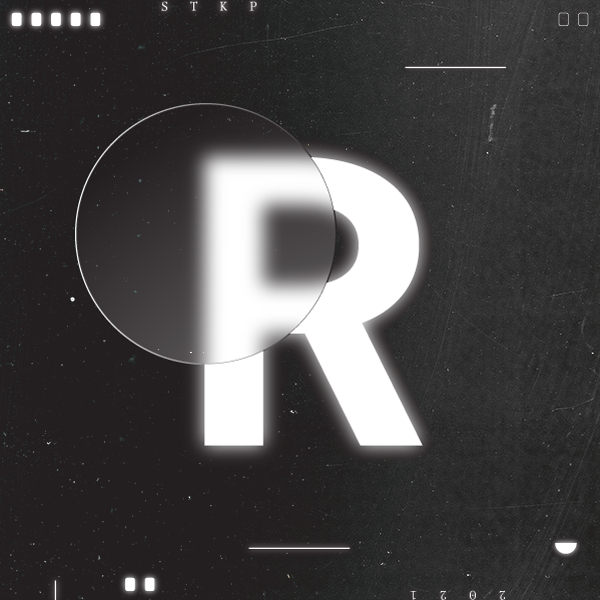The Killer Inside Me: 'A History of Violence' at 20
How David Cronenberg's pulpy thriller about the secret past of a real Midwesterner continues to haunt the culture.

One of the fundamental ironies of Martin Scorsese’s Taxi Driver is that Travis Bickle (Robert De Niro), the alienated New York cabbie whose sociopathy leads to inevitable violence, doesn’t care who he kills. His first target is a politician whose ideology is lost on him—he’s a one-issue voter and that issue is “wiping the scum off the streets”—but whose campaign staff happens to include Betsy (Cybill Shepherd), the woman who refused to keep seeing him after their first date. When he’s thwarted in that mission, he identifies a second target, a sleazy pimp (Harvey Keitel) who has an underage runaway (Jodie Foster) turning tricks for him. In the gruesome climax, Travis succeeds in gunning down the pimp and his associates, but his path to this cathartic bloodletting was inevitable. Society cares a great deal about the distinction between a politician and a pimp—shooting one is a crime, shooting the other makes him a hero—but Travis remains a ticking time bomb. A twitch of his rearview mirror in the film’s closing moments suggests that his internal meter is running again.
Revisiting David Cronenberg’s superb A History of Violence—which approaches its 20th anniversary just as his new film The Shrouds (reviewed tomorrow) hits theaters—I thought again about the connections between Travis’ “heroic” melee and the similar headlines that greet Tom Stall (Viggo Mortensen), the Midwest diner owner who save his patrons and staff from two spree killers near closing time. The attention he gets from local and national media brings all sorts of trouble to Tom and his family, but divorced from that turn of the plot, his actions are treated as an unambiguous good, because these out-of-towners were looking to do more than fill their empty pockets. We learn later that Tom’s humility alone doesn’t account for why he wants to shoo away attention, but the incident has genuinely unsettled him and his family. When confronted by a local reporter on his return from the hospital, he plays down his conspicuous skill (“anybody would have done that”) while adding, sincerely, “It was a terrible thing.”
The Reveal is a reader-supported newsletter dedicated to bringing you great essays, reviews and conversation about movies. While both free and paid subscriptions are available, please consider a paid subscription to support our long-term sustainability.
The trick of A History of Violence, a film both straightforward and remarkably slippery, is that it follows the rules of a diamond-cut genre thriller about a family man confronted by his past as a gangster while doubling as a commentary on itself. Based on a graphic novel of the same name by John Wagner and Vince Locke, and scripted by Josh Olson, A History of Violence delivers the goods in a way you might not expect from Cronenberg, who rarely dabbled in the mainstream. (The Dead Zone is about as down-the-middle as he’s gotten, and even The Fly, a hit for 20th Century Fox, may be the single grossest film ever released by a major studio.) You could engage with most of the film as a pulpy gangster movie with an archetypical stolid hero who steps up for his community, takes care of old business back in Philadelphia, and returns home in time for dinner. But there are quotation marks around the whole project, along with a persistently strange and unsettling tone. You’re never on firm footing.
One clue about Cronenberg’s agenda is that he doesn’t start with Tom but with the two dead-eyed maniacs who are beelining their way through the Midwest, killing everyone in their path. When one of them says he’s going to “check out” of the motel, we don’t learn what that means until the other one goes back into the office for water and finds a couple of people slaughtered behind the desk. (“I had a little trouble with the maid” turns out not to be an innocuous hang-up.) In a brilliant edit, the sound of a gun aimed at the sole survivor, a little girl whimpering over the carnage, is matched with the screams of Tom’s like-aged daughter, who’s waking from a bad dream. Cronenberg makes this chilling connection between Tom and the strangers before they even meet, as if violence bridged the culture like a phone line or an artery.

When the spree killers arrive in the rural town of Millbrook, Indiana, they’re like a subspecies of human that no one but Tom has ever encountered before. In fact, there’s a funny moment where the high-school bully who’s been harassing Tom’s son Jack (Ashton Holmes) confronts them on a street corner and reacts much like the football goons in Blue Velvet do when Frank Booth’s world collides with theirs. Tom has been so successful at playing the role of a soft-spoken, salt-of-the-earth family man that he can authentically claim it, but his instincts sharpen when the killers enter the diner. He’s less worried about handling them than people witnessing how deftly he can do it, which is exactly what happens. That one of the men manages to stab him in the foot before getting shot is almost a mercy in suggesting that he’s mortal.
The aftermath to Tom’s heroic act first disturbs his relationship to his wife Edie (Maria Bello), who knows so little about his past that she spends a date night “being a teenager” with him, which involves seducing him a cheerleader’s outfit and pretending her parents are in the next room. But evidence of Tom’s true nature starts to surface when a vile, one-eyed gangster named Carl Fogarty (Ed Harris) shows up calling him “Joey” and claims that he’s a bad guy with some unfinished business in Philly. In order to keep Carl from hurting Edie and his children, Tom can no longer plausibly cling to the fiction of being Tom Stall and when the showdown comes to his front lawn, his transformation back into Joey Cusack, a fearsome mob henchman, is complete. His face hardens and twists. His accent goes Wawa. He is now a stranger to his own family.

Yet he isn’t. Cronenberg explored this sort of duality before in Dead Ringers, where Jeremy Irons plays twin gynecologists whose initial synchronicity and co-dependence starts unraveling over time. Tom and Joey are not twins but coexist within the same body, though it’s not quite right to think about Tom as the man he wants to be and Joey as his true self. Tom Stall isn’t just a cover for a gangster hiding out from his brother Richie (William Hurt) and Carl, but a second opportunity that he’s given himself. Carl pulls Joey out of Tom like an exorcist summoning a demon, which turns out to be as bad for him as it was for Father Karras, but doesn’t result in Joey’s expulsion, either. Tom cannot put Joey back in the box. His only option is to settle business back in Philly and return to darken the Stalls’ doorstep. Do they love him? Is he holding them hostage? A little of both?
Whatever the case, the Stalls have been irreversibly transformed through violence. Edie and Jack are not the same people they were when the movie started, and the tone shifts right along with them. The early patches of Howard Shore’s score sound almost like a parody of Field of Dreams-like Heartland wholesomeness, and Millbrook has a Saturday Evening Post quality that feels like an anachronism. But from the moment Tom becomes a “hero,” things change. The type of kid who always gets picked last in gym class—his catch of a routine fly ball to right is framed as an unreproducible miracle—Jack develops the will not just to stand up for himself, but to beat his tormenter mercilessly. Shortly after Edie lies to the local sheriff to protect Tom, the two have a domestic spat that leads to a rough staircase session with a man who is most definitely Joey. The innocent role-play of their date-night lovemaking early in the film is gone, replaced by an encounter that verges on sexual assault.
Cronenberg famously makes movies about the human body, which has morphed in his work into slots for videotapes (Videodrome), external wombs for aggressive mutant children (The Brood), biotechnical organ growth (Crimes of the Future), and vaginal wounds (Crash). A History of Violence doesn’t fit so obviously into the category, but the essential idea of body horror is the potential for change, with the pliability of the flesh, the mind, and other organs allowing for human metamorphosis. That’s what happens in this film, where everyone touched by violence is dramatically changed by it. The Stalls are still a family, but the wordless, ambiguous coda leaves us to wonder what kind of a family they’re going to be now. Beyond that, Millbrook has changed, as well as any site the spree killers may have visited in their tour through the Heartland. The title A History of Violence isn’t limited to describing Tom’s past, but it’s firmly embedded in our own, too. And the past is doomed to repeat itself.




Discussion